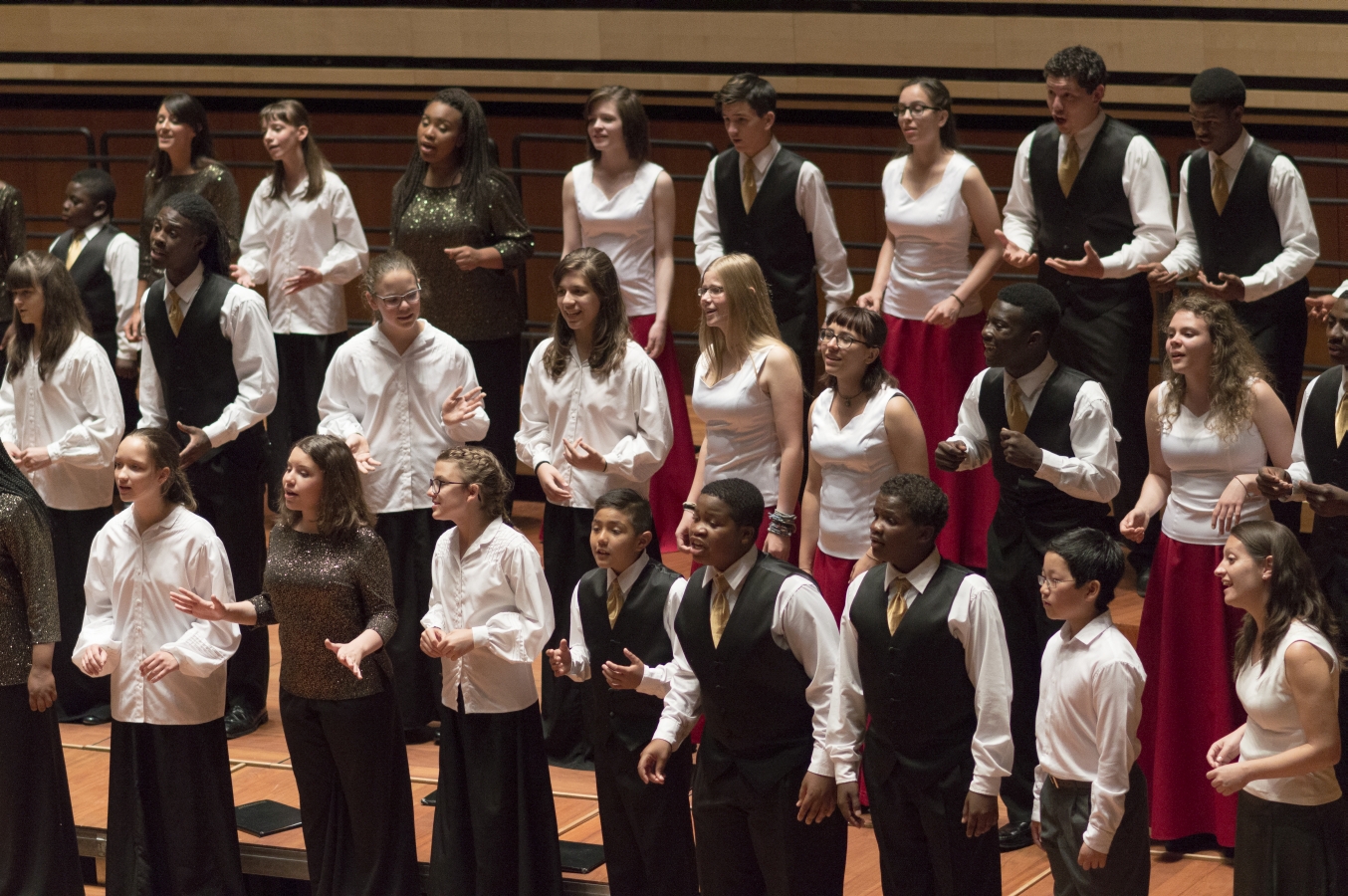Shosholoza
12

Category
vocal
Age
10+
Number of participants
8-30
Duration
approx. 35 min.
Working method
group work
Musical abilities of the trainers
1 2 3 4 5 6
Equipment and instruments
- music player / app to play the song
- optional: percussion instruments
Competences
- learning and memory skill
- cultural / intercultural sensitivity
- improvisation
- perception
- attention
- concentration
- rhythm recognition
Shosholoza
An easy-to-learn, often-repeated African melody that can be paired well with exercises such as the Storm game (13).
AIM
The melody is extremely simple and can be learned quickly based on the group leader or one of the videos. The melody can be accompanied by a wide variety of rhythms and movements, which encourage the participants to develop creative solutions.
Description
- Listening of the song performed by the facilitator or choose from the useful links below
- Explanation of the text
- Learning melody and lyrics with many repetitions
- Applause and drumming of different rhythms associated with the melody
- Add movement improvisation in smaller groups
Lyrics
Shosholoza
Kulezontaba
Stimela siphume South Africa.
Wen u ya baleka
Kulezontaba
Stimela siphume South Africa
Translation:
Work, work, working in the rain
Till there’s sun again
Shosholoza
Push, push pushing on and on
There’s much to be done
The steam train to South Africa.
This song meaning: “Shosholoza, this train is gaining speed and steaming for South Africa”.
Comments for facilitators
Shosholoza has become a national traditional song in South Africa for past decade.
“Shoshaloza” has no specific meaning & was derived from the onomatopoeic & repetitive sound of the train wheels transporting the migrant workers back to their families in Rhodesia (Zimbabwe).







Recent Comments